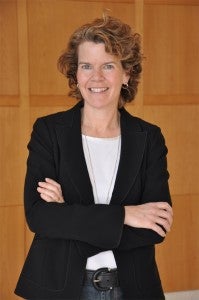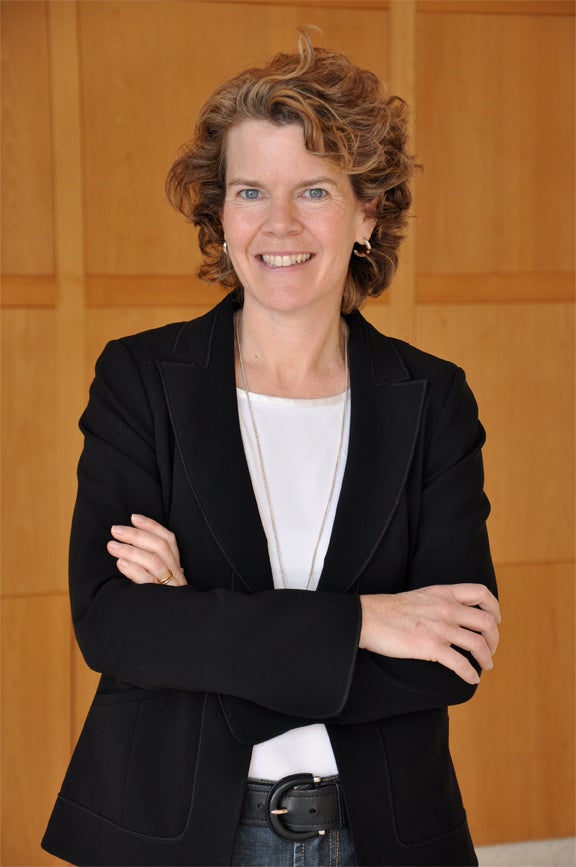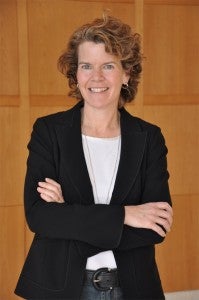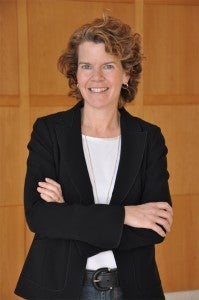 Over the weekend, The New Republic published an interview with President Obama, where he noted the following: “On climate change, it’s a daunting task. But we know what releases carbon into the atmosphere, and we have tools right now that would start scaling that back, although we’d still need some big technological breakthrough.” How accurate is the call for breakthroughs and what do we really need?
Over the weekend, The New Republic published an interview with President Obama, where he noted the following: “On climate change, it’s a daunting task. But we know what releases carbon into the atmosphere, and we have tools right now that would start scaling that back, although we’d still need some big technological breakthrough.” How accurate is the call for breakthroughs and what do we really need?
First, let’s look at where we don’t need breakthroughs, but instead more deployment – energy efficiency, of course, being Exhibit A. Creative financing, such as on-bill repayment (OBR), at scale can speed up deployment here. Similarly, unlocking clean energy to reduce carbon emissions from the electricity sector hinges on affordability. Wind energy is already competitive with fossil fuels, in large part because the cost of wind energy has come down around 65 percent in the last 20 years, according to the National Renewable Energy Laboratory (yes, declining natural gas prices provide new competition, but EIA projects that natural gas prices will begin to increase in 2018, and wind power purchase agreements are signed for around 20 years at a fixed price). Residential solar is verging on the tipping point for “grid parity,” or the point at which a source of power becomes cost competitive with other sources. Bell Labs first introduced solar cells in the 1950s. Environment California’s Research & Policy Center recently reported that they expect solar to reach grid parity in mid-2014 to 2016 at the outset.
Of course, progress in lowering costs and increasing efficiency comes on the heels of many smaller innovations. For example, innovations in materials science underlie many of the most promising technology evolutions, such as the role of carbon fiber as a basic raw material for wind turbine blades or the use of Gallium Arsenide wafers to reduce manufacturing costs for solar cells. But, nonetheless, given our country’s strength in materials science (think of our leadership with companies like Dow, Dupont and 3M), such innovations seem imminently feasible and in my mind don’t require a major “breakthrough.”
We’ve also delivered numerous hardware and software innovations to transform our electric grid into a more resilient, smart, “green” grid. Even carbon capture and storage, to some a high stakes technology bet, is actually just a new configuration or application of engineering equipment we have installed and used for decades, such as heat exchangers, chillers, absorbers, pumps and compressors.
Where would I wave a wand for a breakthrough? A cheap, reliable and efficient energy storage system wouldn’t hurt, one that replaces the clunky compressed air systems or the size limitations of batteries. But, overall, the declining cost curves for clean energy solutions, due to innovations large and small, tell us an important story: solving the climate crises is not unaffordable or necessarily a drag on our recovering economy as many fear. It is certainly not infeasible nor hinging on that one great technological breakthrough.
We need non-technological breakthroughs. Like the new head of the World Bank, Dr. Jim Kim, who in Davos described wanting to make “everything the Bank does aligned with the effort to slow down climate change.” And it is certainly cheaper than repeating the $50 billion recovery price tags that we might face time and again as Superstorm Sandy becomes the new normal.
Americans love the quick technical fix. But, today we have affordable answers right in front of us, it’s the willpower we may be lacking. So, just as most of us believe that rather than wait for a dieting breakthrough, the best answer to weight loss is reduced consumption and more exercise – we need to go on a carbon diet. Our economic and environmental health depend on it.
 What do you do when a major new customer arrives in town asking for renewable energy? You supply it. Facebook’s decision to locate a new data center in Iowa and supply that data center with 100% wind energy is a great example of a company using its clout for good. To show its seriousness of intent, Facebook simultaneously pursued development rights to two wind parcels, one in Iowa and Nebraska, alongside its traditional site evaluation for a new data center. Iowa won the new data center, in no small part due to its leadership in the wind sector.
What do you do when a major new customer arrives in town asking for renewable energy? You supply it. Facebook’s decision to locate a new data center in Iowa and supply that data center with 100% wind energy is a great example of a company using its clout for good. To show its seriousness of intent, Facebook simultaneously pursued development rights to two wind parcels, one in Iowa and Nebraska, alongside its traditional site evaluation for a new data center. Iowa won the new data center, in no small part due to its leadership in the wind sector.













